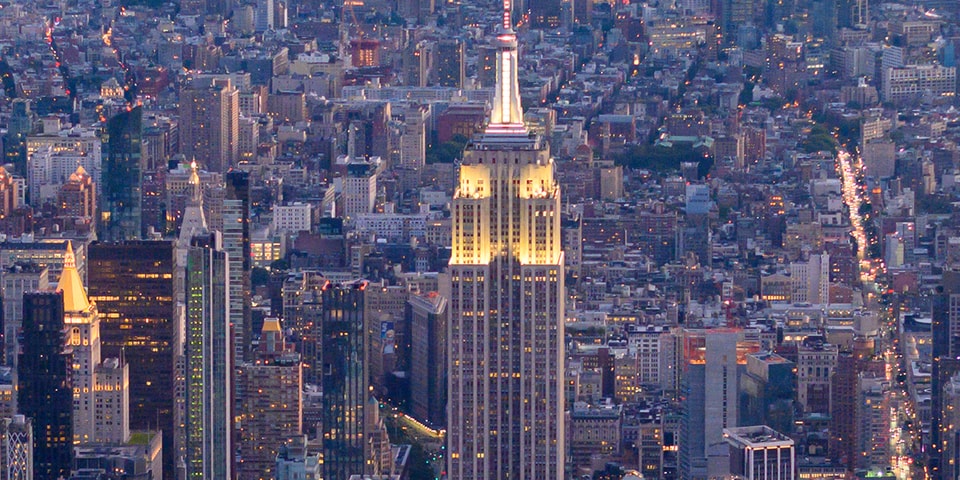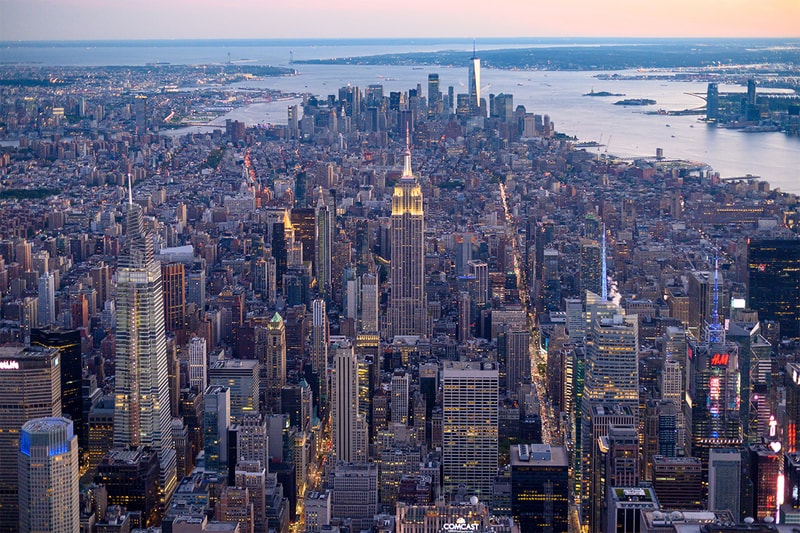
New York City is sinking and it is not a drill. A recently published scientific paper has indicated that the finance capital of the United States is sinking due to the sheer weight of the 1.48 trillion pounds of buildings that sit on top of the city.
According to the research, New York sinks anywhere between two to four millimeters per year under the weight of the buildings and “with some areas subsiding much faster.†The concern is that the continued downward force of the buildings in tandem with the rising sea levels from global warming are making the city prone to a natural disaster. Tom Parsons, a geophysicist with the United States Geological Survey, wrote in his journal Earth’s Future that these combined factors “imply an accelerating problem along coastal and riverfront areas.†He added, “The point of the paper is to raise awareness that every additional high-rise building,†particularly around the river, “could contribute to future flood risk.†Parsons compares what is happening in NYC with what is going on in Venice since both cities are now sinking at the same rate.
As global warming becomes more prevalent cities around the world must consider its sinking rate. Just recently Indonesia proposed building a new capital city from scratch since its current one, Jakarta, is also sinking. Parsons has indicated that the situation is not yet an emergency in New York, but scientists should begin planning for the road ahead. The main question to ask is how to mitigate this from escalating to an emergency. Parsons has noted that some parts of the city will be sinking faster than others, including areas like East River in Queens and Brooklyn, Coney Island, Jamaica Bay and the Rockaways. He also noted that most of the Manhattan skyscrapers are anchored to bedrock, making it “far less compressible†than soil. Despite that, the city is still experiencing the pressure exerted by the buildings. It remains to be seen what the city of New York will do to mitigate these risks.
In case you missed it, Zephalto is offering Michelin Star meals with its $130,000 USD trips to space.



